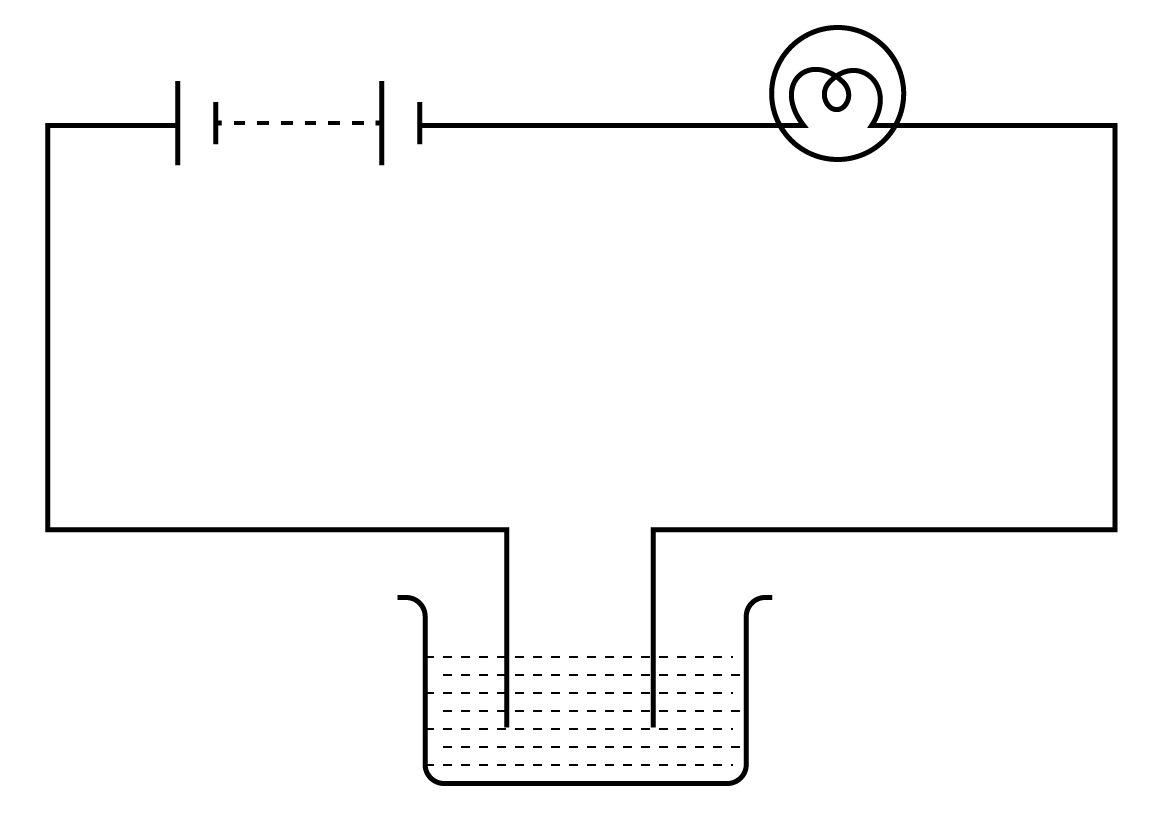Step-by-Step Solutions For Class 8 Science Chapter 14 In Hindi - Free PDF Download
FAQs on NCERT Solutions For Class 8 Science Chapter 14 Chemical Effects Of Electric Current (2025-26)
1. Does pure water conduct electricity? If not, what can we do to make it conducting?
No, pure water can not conduct electricity. Because pure water or distilled water doesn’t contain any salts, it cannot conduct electricity. We add a dash of common salt to clean or distilled water to make it conduct because salt solutions are strong conductors of electricity. For a more detailed explanation of the conduction of electricity, you can visit Vedantu where the solutions are curated by the experts keeping the CBSE curriculum in mind.
2. In case of a fire, before the firemen use the water hoses, they shut off the main electrical supply for the area. Explain why they do this.
Since this water in water hoses includes salts, it conducts electricity well. If the area's electrical supply isn't turned off before the firemen spray the water, electricity might travel through the electrical appliances, causing damage. They turned off the electricity to avoid a situation like this. To understand more about the connection between electricity and water, visit Vedantu where you will find solutions created by experts according to the CBSE curriculum.
3. What are insulators?
Insulators are materials that impede the flow of electrical current. Insulators are used to protect electrical circuits and household items. They are diametrically opposed to conductors, which allow electric particles to freely travel. Insulators have high resistance and low conductivity. Their atoms have tightly bound electrons that do not move throughout the material. Because the electrons are stuck and can't move freely, a current cannot flow easily.
4. What are electrodes?
A good conductor of electricity is defined as any substance that connects non-metallic elements of a circuit, such as semiconductors, an electrolyte, plasmas, a vacuum, or even air, according to the definition of the electrode. Electrodes are mostly used to create an electrical current and transfer it through non-metal things in order to change them in various ways. Conductivity is also measured using electrodes.
5. Prepare a list of objects around you that are electroplated from Chapter 14 of NCERT Solutions for Class 8 Science?
Electroplated things include metal pots, bath taps, decorations, car rims, handlebars of cycles and motorbikes, kitchen gas burners, bottoms of cooking utensils, door handles, tin cans, tin-plated cold beverage cans, and silver or gold-plated artificial jewellery are a few things that can be listed. Chrome plating is used on car bumpers and bicycle handlebars. Metal doors with zinc-plated door knobs.
6. What are the topics included in Chapter 14 of NCERT Solutions for Class 8 Science?
One of the most important years in a student's life is eighth grade. National level examinations such as Science Olympiad and other scholarship tests will be written by CBSE Class 8 students. The NCERT Solutions for Chemical Effects of Electric Current offered here will assist students in quickly grasping the topics. The chemical effects of electric current, electroplating, good conductors, LEDs, and conductors are all discussed in this chapter. From the standpoint of an exam, the issues covered in this chapter are critical.



















